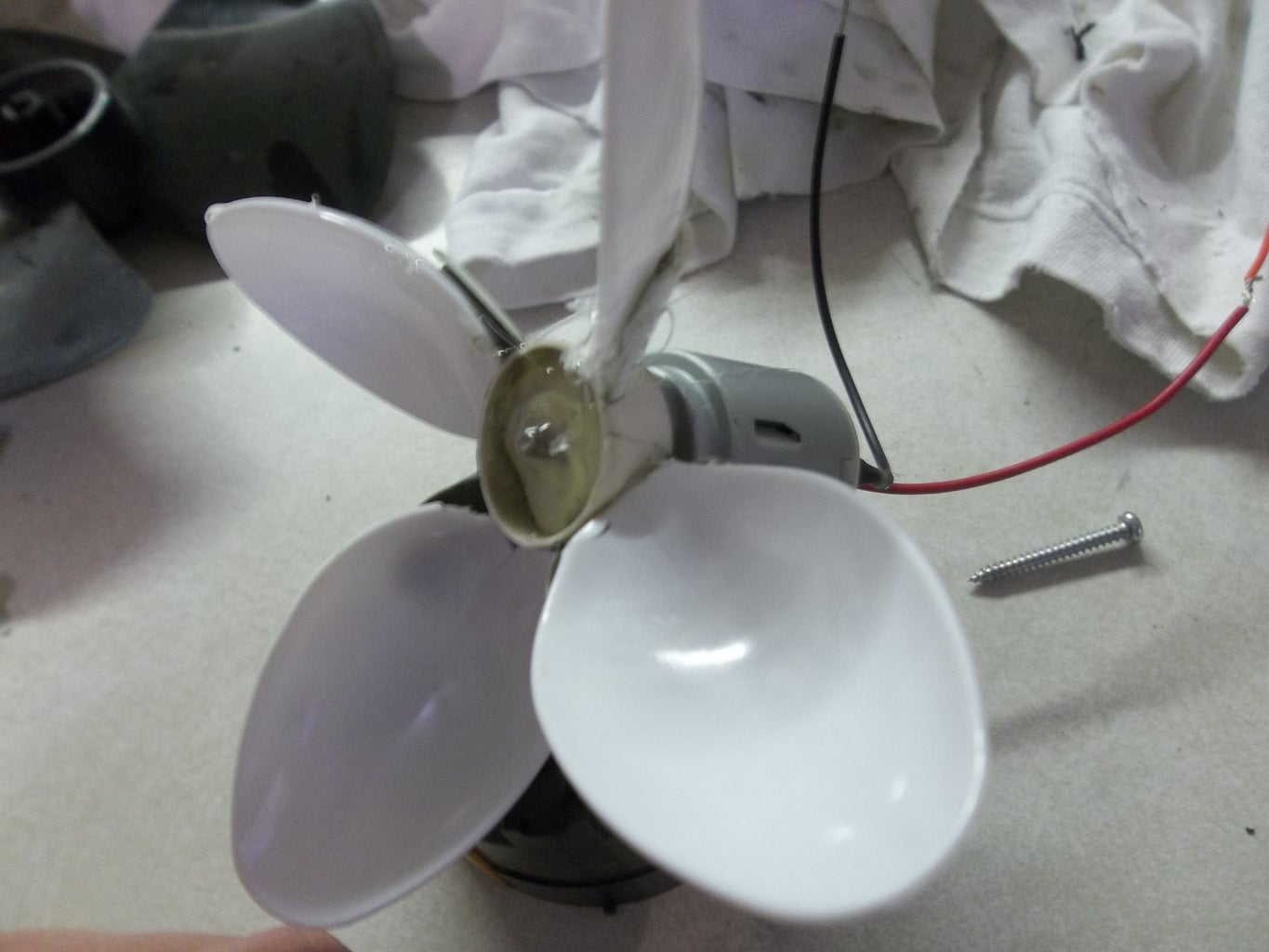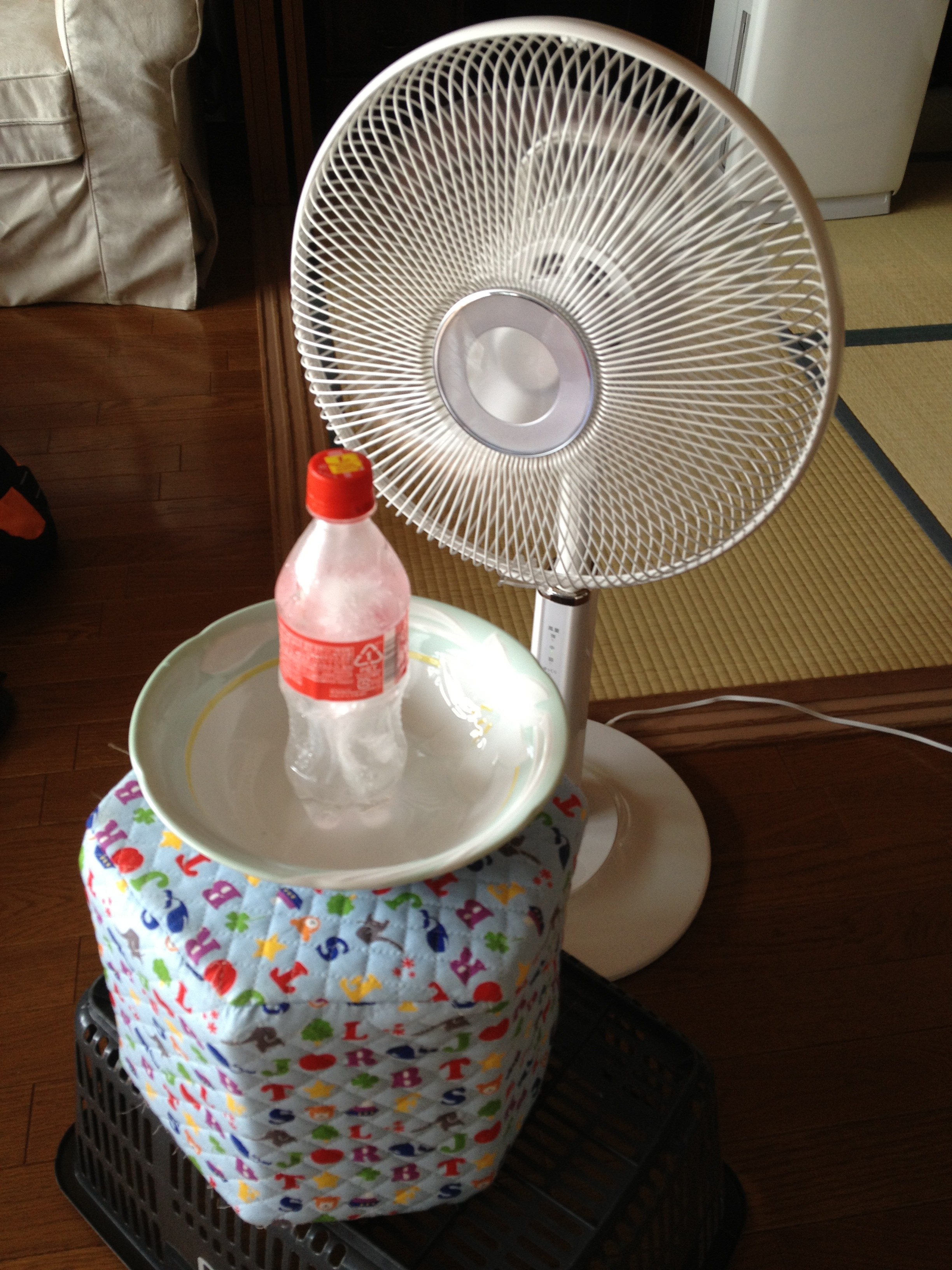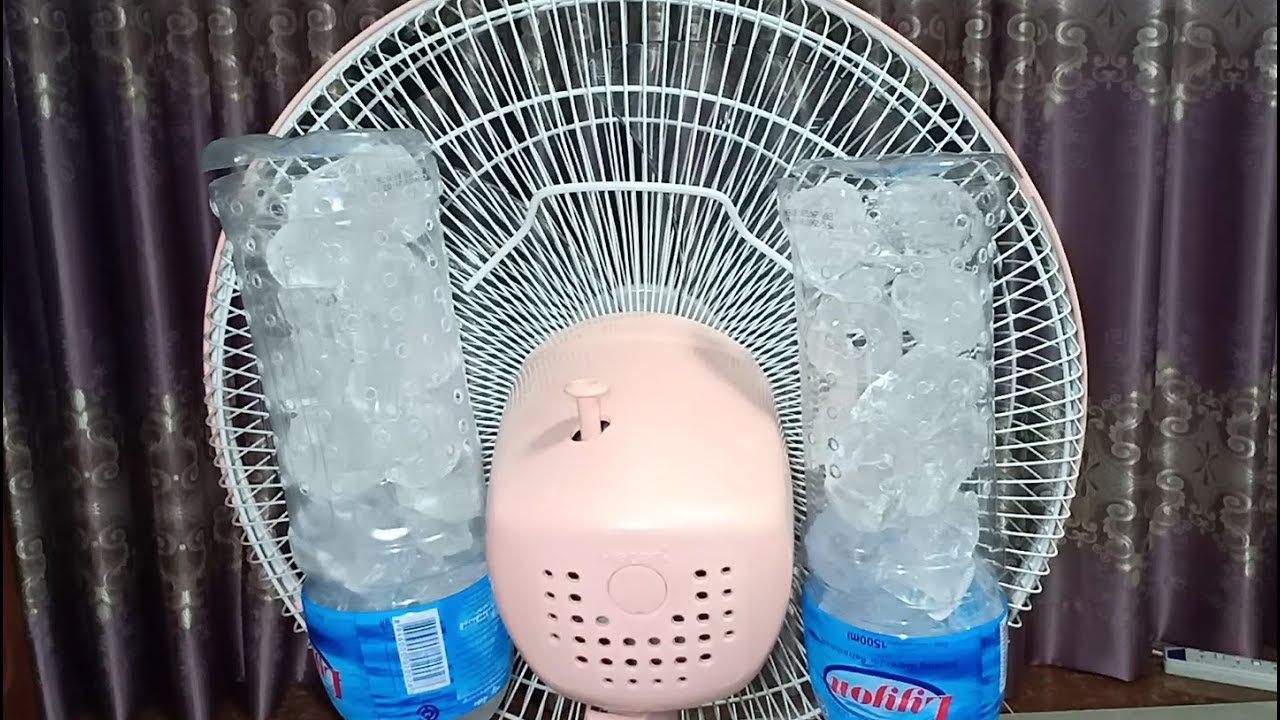How To Make Ac With Fan And Ice

URGENT: As heatwaves intensify across the nation, a DIY air conditioning method using a fan and ice is gaining traction as a temporary solution. Experts warn of its limitations but acknowledge its potential for immediate, localized relief.
This article provides a step-by-step guide on constructing a makeshift AC unit, outlining its effectiveness and safety considerations amidst soaring temperatures.
How to Build Your DIY Air Conditioner
The process is straightforward and requires readily available materials. You'll need a fan, a large container (bucket or cooler), ice (or frozen water bottles), and optionally, some PVC pipe.
Materials Needed
- A functional fan.
- A large container: A bucket or cooler works best.
- Ice: Several bags of ice or frozen water bottles.
- Optional: PVC pipe and a drill for directed airflow.
Step-by-Step Instructions
Step 1: Prepare the Container. If using a bucket, simply proceed to the next step. For a cooler, consider drilling a hole (if you are using a PVC pipe for direction) near the top for the fan to blow through.
Step 2: Add Ice. Fill the container with ice or frozen water bottles. Ensure the ice level is below the fan's placement to avoid direct contact.
Step 3: Position the Fan. Place the fan behind the container, facing inwards. The fan should blow air across the surface of the ice.
Step 4: Direct the Airflow (Optional). If using PVC pipe, attach it to the front of the container to direct the cool air. Secure the pipe to the container.
Effectiveness and Limitations
Independent tests show a potential temperature reduction of 5-10 degrees Fahrenheit in the immediate vicinity.
The DIY AC's effectiveness is limited by the ice's melting rate and the ambient temperature. It is best used in small, enclosed spaces.
"This method offers a temporary reprieve," notes Dr. Emily Carter, an environmental scientist. "It's not a replacement for proper air conditioning, especially for vulnerable individuals."
Safety Precautions
Water accumulation is a primary concern. Place the unit on a water-resistant surface and monitor for leaks to prevent electrical hazards.
Avoid direct contact between the fan and melting ice. This could damage the fan and pose an electrocution risk.
Prolonged exposure to cool air can cause discomfort or even mild hypothermia. Use the DIY AC in moderation, especially for children and the elderly.
Alternative Cooling Methods
In addition to the fan and ice method, consider other strategies. These include using blackout curtains, drinking plenty of water, and seeking out public cooling centers.
The CDC recommends staying indoors during peak heat hours and wearing lightweight, light-colored clothing. Check on elderly neighbors and family members regularly.
Local community centers and libraries are often designated as cooling centers during extreme heat events. Contact your local government for information.
Ongoing Developments
Researchers at the National Renewable Energy Laboratory (NREL) are exploring affordable and sustainable cooling solutions. Their research focuses on passive cooling techniques and efficient air conditioning technologies.
"Long-term solutions are critical," says Dr. Mark Jensen of NREL. "We need to develop energy-efficient and accessible cooling options for all communities."
Public health officials continue to monitor heat-related illnesses and provide guidance on staying safe during heat waves. Stay informed and follow local advisories.


















